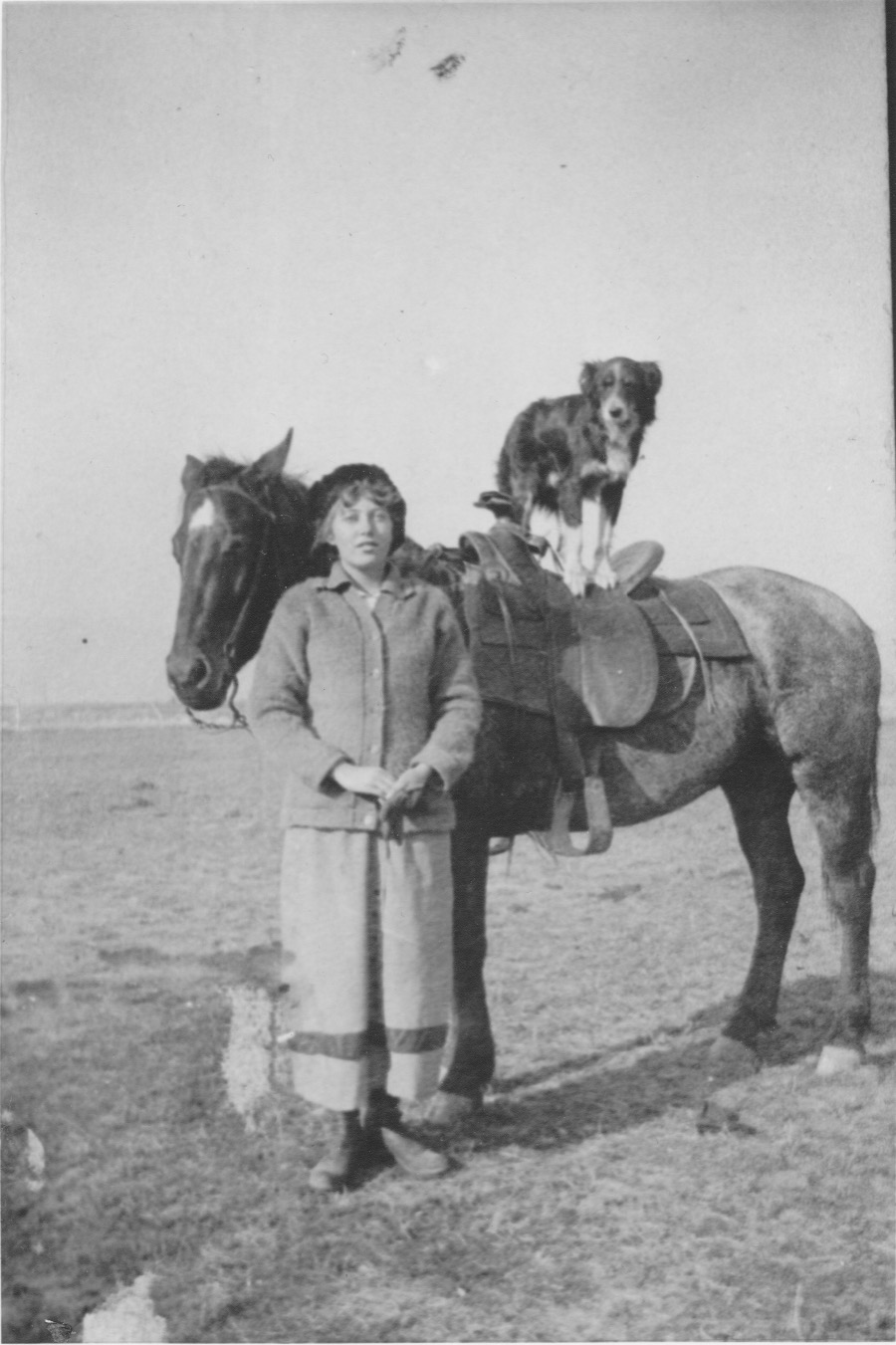I knew her as Grandma Anderson, and I didn’t know her very well, although she lived until I was 18. I didn’t think we had very much in common at all – until I started reading hundreds of letters written by her and to her, all stored in the National Park Service archives.
She was a community activist – I’m a community activist. She was a writer – I’m a writer. She was a pianist and organist – I’m a pianist and organist. She was honest to a fault – I can be honest to a fault. She did not care much for housework. I do not care much for housework. She did not crave credit for her accomplishments – yet, she felt it unfair for others to take credit for things she did. I have come across other similarities between us.
My DNA matches to all my first cousins who have tested shows us that she is indeed our biological grandmother. It is an interesting study to see genetic traits passed down through the generations and ponder the old questions, “What is from nature? What is from nurture? What could be from both?”
Born in Denver in 1900, Bernice Gibbs was raised on a remote ranch near Corinne, Utah by her beloved step-grandmother, Chestina “Chessie” Christensen, who married Bill Holley in 1905 and moved to the ranch from Kaysville, Utah, where Bernice and Chessie had lived, amidst many relatives.
Bernice attended Box Elder High School through her sophomore year in 1918, then married Laron Gustave Anderson at age 18 in September 1918. Their first child was born in 1920 and they had seven children together. At the present date in 2019, they have about 169 descendants (depending on how you count (some are step-grandchildren and step-great-grandchildren).
How did a “farm girl” with a 10th-grade education, a “housewife” (her title in some poetry anthologies), make it her mission in life to successfully preserve the Golden Spike site at Promontory Summit for future generations? Most of us will never be able to say we brought about the establishment of a National Park Service historic site. She is widely credited with that accomplishment, with a large NPS framed certificate in the archives and other accolades from people such as the former NPS chief historian, Robert M. Utley, who wrote me, “It was all her.” He also wrote that her accomplishment was “a splendid lesson in elementary civics.”
Bernice sent her first telegram to Congress in 1926 demanding that something be done to save the Golden Spike site from oblivion and preserve it for future generations. This quest of hers became her “eighth baby” and she would not rest until the site made it into the National Park Service system, thanks to her efforts. Even then, she co-founded and presided over the Golden Spike Society and the National Golden Spike Association for many years to assist with keeping the memories and photos and significance of the site alive.
Most U.S. Presidents, Utah governors and congress members she wrote to thought her quest was folly and did not grasp the importance she saw of saving the site from oblivion and even paving the road so people could more easily access the remote site. She was devoted to writing about Corinne, Utah and other western historical sites and then largely dedicated her writing to the momentous event at Promontory Summit, the race to build the first transcontinental railroad and the driving of the Golden Spike. She knew in her bones that the May 10, 1869 “Wedding of the Rails” at Promontory Summit was something that should be celebrated and commemorated by the nation. She gave due credit to anyone who helped her in her quest, but she was mainly on her own with her mission for about four decades while she wrote thousands of letters and articles to get the momentum to make it happen. She began a tradition in 1952 of laying a wreath to honor the Chinese workers and others who made the ultimate sacrifice.
Why did she not write her own life sketch or autobiography when she wrote volumes, largely about the Golden Spike site? The answer comes from her grandson, Joe, who says, “Grandma wanted to write about history. Her own history had not yet happened in her mind.”
When she was about 6 years old, she and her step-grandmother ended up unexpectedly camping at the site of the joining of the transcontinental railroad. They were traveling to join the cowboys on a cattle drive to Idaho. At the time, around the spring of 1906, there was nothing at all to mark the site where the “last spike” was driven. Then around 1917, a railroad put up a concrete obelisk “monument” about 10 feet tall. It had some words etched in it, but those words were eventually blasted by target shooters. Bernice decided that a bronze plaque that would be a “permanent” memorial must be put on the obelisk and thanks to her efforts that was done in 1958.
She rode her horse, Muddy, all over the area around the ranch where she grew up. She helped with the cattle drives to Black Pine, Idaho, each spring as she was growing up. She took the livestock into Ogden, Utah to sell it. She learned to drive a car as a teenager and became the family driver.
From her early days of marriage, her typewriter was where she was happiest. This is true for me, also. I spend long hours on my laptop computer each day and long into the night, mostly working on genealogy and family history – my own and other people’s.
…To be continued…
For more information, see photos at https://goldenspikeutah.org/ and at our Golden Spike Utah Facebook page: https://www.facebook.com/goldenspikeutah/
